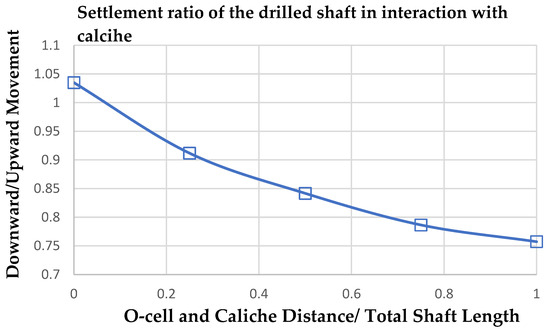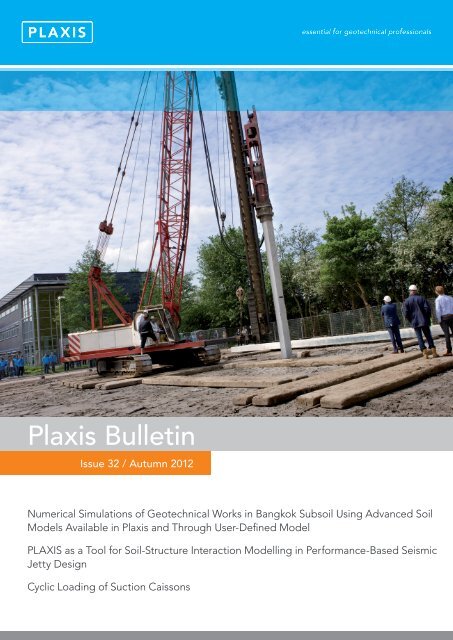
Maybe, Finally, At Last, There’s Hope for Nuclear Power.Deep Foundations Magazine July/August Issue.


I am passing this along because it cites my 2007 paper Anchored Sheet Pile Wall Analysis Using Fixed End Method Without Estimation of Point of Contraflexure. This result proves that Plaxis 3D 2013 prediction is satisfactory for reaching reliable displacement values when compared to the field measured and is a powerful tool for simulating and performing such quay wall analysis if compared to Plaxis 2D results. Finally, a comparative study is performed between displacement results obtained from Plaxis 3D and 2D to validate the behavior of the quay wall case study model. The long-term horizontal quay wall movement increments due to consolidation plays an essential role in most quay wall deformation problems. The results highlighted the paramount importance of considering the time-dependent effects on the deformation behavior of the quay wall in addition to the undrained and drained soil properties. Both Hardening Soil Model (HSM) and the Mohr- Coulomb Model (MCM) are utilized. Extensive comparisons are made to include the interaction between the soil and existing quay wall. At first, the three-dimensional numerical performance of Rotterdam existing quay wall is compared with the site horizontal displacement measurements over five (5) years which provide an interpretation of the increment causes of the measured horizontal displacement on top of the quay wall. The horizontal displacement calculated by Plaxis 3D for existing quay walls case study located in Rotterdam Port in South Holland is evaluated by the field measurements.

This paper presents the displacement behavior of quay wall system, using Plaxis 3D version 2013.


 0 kommentar(er)
0 kommentar(er)
